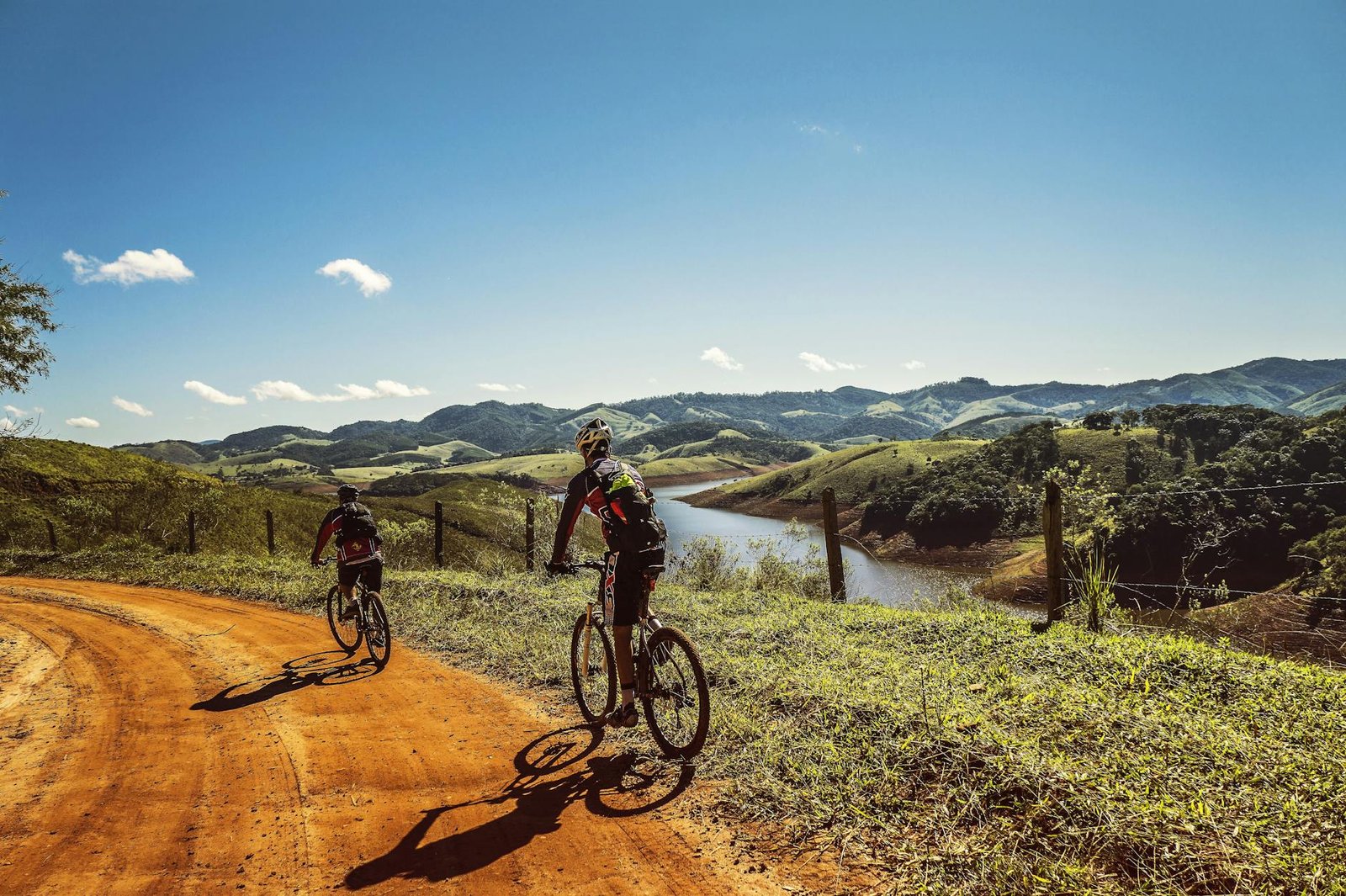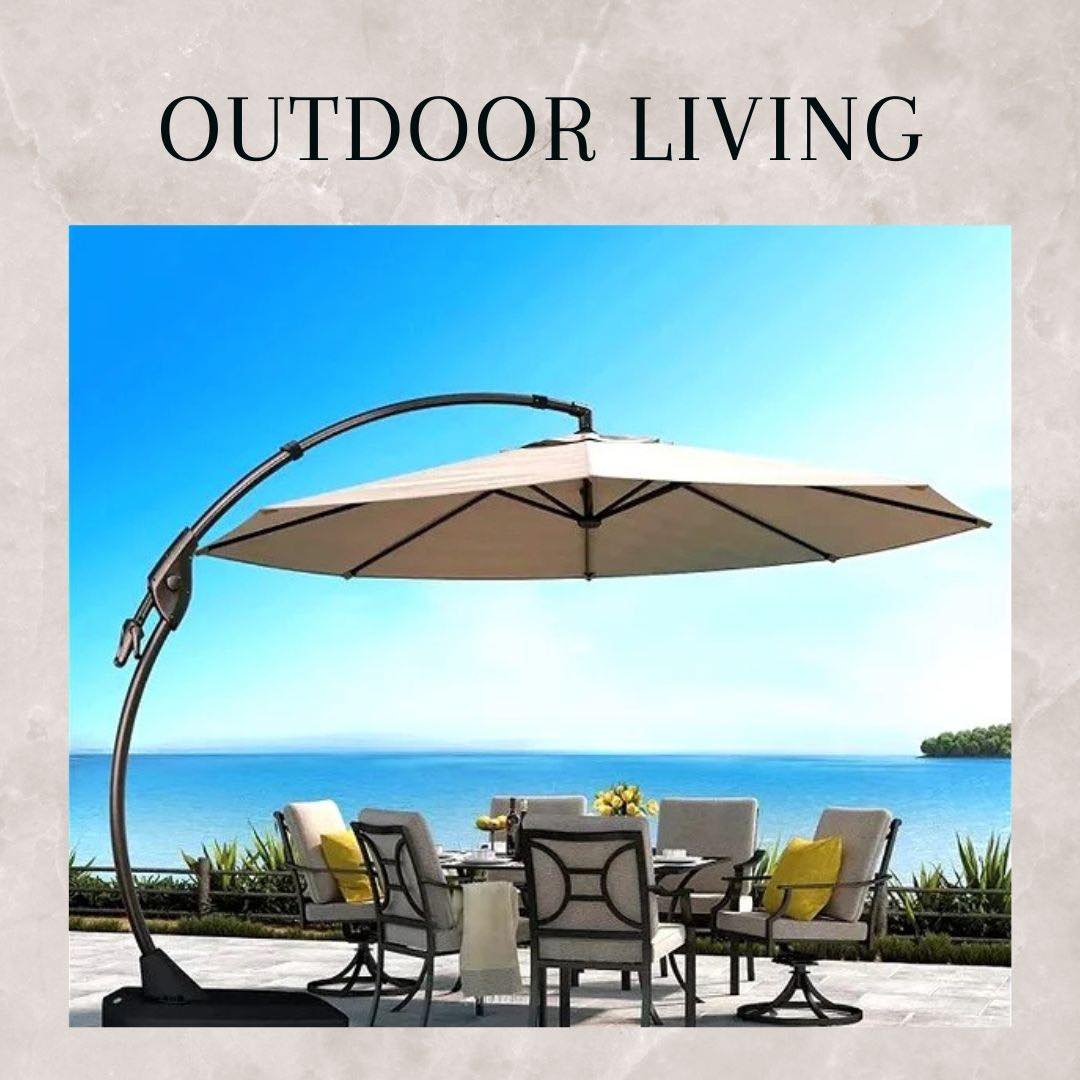
“Life is like riding a bicycle. To keep your balance, you must keep moving.” – Albert Einstein
Are you ready to hit the open road on two wheels? Biking is not only a great way to stay active and explore the outdoors, but it also offers a sense of freedom and exhilaration that is hard to match. Whether you’re a seasoned cyclist or just starting out, it’s important to have the right knowledge and gear to ensure a safe and enjoyable ride.
Choosing the Right Bike and Gear
When it comes to biking, choosing the right bike and gear is essential to ensure a smooth and enjoyable ride. Whether you’re into mountain biking or road biking, having the appropriate equipment will enhance your experience and keep you safe. Let’s explore the options for both types of biking and the essential biking accessories you shouldn’t overlook.
Mountain Biking
If you’re a thrill-seeker who loves off-road adventures, mountain biking is for you. To conquer rugged trails and steep terrains, you’ll need a sturdy mountain bike with the right features. Look for a bike with suspension to absorb shocks and provide better control. Knobby tires will provide excellent traction on dirt, gravel, and rocky trails. Here are the key features to consider when choosing a mountain bike:
- Full suspension or hardtail: Decide whether you want a bike with front suspension only (hardtail) or front and rear suspension (full suspension). Full suspension bikes offer better comfort and control on rough terrains, while hardtails are lighter and more efficient on smoother trails.
- Tire width and tread pattern: Opt for wider tires with aggressive tread patterns for maximum grip and stability on uneven surfaces.
- Frame construction: Choose between aluminum, carbon fiber, or steel frames based on your preference for weight, durability, and performance.
Road Biking
If you prefer swift rides on paved roads, road biking is the way to go. These bikes are designed for speed, efficiency, and long-distance rides. When selecting a road bike, consider the following factors:
- Frame material: Road bikes typically come in aluminum, carbon fiber, or steel frames. Aluminum frames offer a balance between weight and affordability, while carbon fiber frames provide excellent stiffness and shock absorption.
- Tire type: Opt for narrow, smooth tires to reduce rolling resistance and improve speed on paved roads.
- Handlebar style: Road bikes usually feature drop handlebars that allow for multiple hand positions, maximizing aerodynamics and comfort during long rides.
Regardless of the type of biking you choose, don’t forget to invest in essential biking accessories. These accessories will enhance your biking experience and keep you safe on the trails and roads:
“Investing in the right bike and gear not only improves your biking experience but also enhances your safety on the trails and roads. Whether you’re exploring rugged mountain trails or cruising on paved roads, the right equipment will make all the difference.” – John Brennan, Experienced Cyclist
| Biking Accessories | Description |
|---|---|
| Bike locks | Protect your bike from theft by securing it with a high-quality lock. |
| Rear racks and panniers | Carry your gear, water bottles, and snacks conveniently on your bike. |
| Bike pumps and repair kits | Be prepared for any punctures or mechanical issues that may occur during your ride. |
| Bike lights | Ensure visibility and safety, especially during low-light conditions or night rides. |
Now that you know how to choose the right bike and gear for your biking adventures, you’re well on your way to enjoying the great outdoors. Remember to tailor your equipment to the type of biking you’ll be doing, and don’t forget those essential biking accessories. Happy riding!
Bike Safety Tips for All Riders
Safety should always be a top priority when it comes to biking. Whether you’re a seasoned cyclist or just starting out, taking the necessary precautions can ensure a safe and enjoyable ride. Here are some essential bike safety tips to keep in mind:
- Wear a Helmet: Regardless of your experience level, wearing a properly fitted helmet is crucial to protect your head from potential injuries. Make sure your helmet is in good condition and meets industry safety standards.
- Follow Local Regulations: Familiarize yourself with the bike laws and regulations in your area. Always ride on designated bike routes and trails, and obey traffic signals and signs.
- Learn Hand Signals: It’s important to communicate your intentions to other road users. Learn common hand signals for turns and stops, and use them consistently to ensure clear communication.
- Be Visible: Enhance your visibility on the road by wearing bright, fluorescent clothing, especially when riding during low-light conditions. Consider adding reflective strips to your bike and accessories for added visibility.
- Maintain Your Bike: Regular bike maintenance is essential for your safety. Before each ride, check your tires for proper inflation, ensure your brakes and gears are functioning correctly, and carry a repair kit to address any unexpected issues that may arise.
By prioritizing safety and following these bike safety tips, you can enjoy your biking experience with peace of mind and reduce the risk of accidents or injuries.
Riding Safely on Electric Bikes
Electric bikes, also known as E-bikes, have gained significant popularity among riders of all skill levels. These bikes provide an extra boost of power, making cycling more accessible and enjoyable. However, it’s important to prioritize safety when riding an E-bike, just like any other bike. Here are some essential tips to ensure a safe and enjoyable experience:
- Wear a Helmet: Protecting your head is crucial, regardless of the type of bike you ride. Always wear a properly fitted helmet when cycling, including when using an E-bike. It provides vital protection in case of accidents or falls.
- Follow Local Regulations and Speed Limits: Adhere to the rules and regulations set by your local authorities for E-bike usage. Respect speed limits and be mindful of any restrictions in bike lanes, trails, or other cycling areas.
- Learn Proper Hand Signals: Communication is key when sharing the road with other cyclists, motorists, and pedestrians. Familiarize yourself with the standard hand signals used to indicate turns and stops. Signaling your intentions helps others anticipate your next move.
- Enhance Your Visibility: Bright and visible clothing is essential to increase your presence on the road, especially during low-light conditions. Additionally, attaching bike lights to your E-bike further enhances your visibility, making it easier for others to see you.
- Maintain Your E-bike: Regular maintenance is crucial for the optimal performance and longevity of your E-bike. Here are some key areas to focus on:
- Tire Pressure: Check the tire pressure regularly to ensure a smooth and safe ride. Properly inflated tires improve handling and traction.
- Clean the Chain: Keep the chain clean and lubricated to reduce friction and ensure smooth gear shifting.
- Inspect Brakes and Lights: Regularly check the brakes to ensure they are working efficiently. Test the lights to make sure they are functioning properly and replace any bulbs if needed.
- Invest in Essential Gear: To enhance your riding experience and safety, consider investing in the following biking accessories:
- Bike lock for securing your E-bike when parked.
- Rear rack and panniers for carrying your belongings or supplies.
- Bike pump and repair kit for handling any unexpected tire punctures or minor repairs.
- Bike lights for improved visibility, especially when riding in low-light conditions.
By following these safety tips and investing in the right gear, you can confidently enjoy the ride on your electric bike. Remember, safety should always be a top priority, no matter what type of bike you choose to ride.
For more bike shopping ideas please follow the following link :
https://baffls.com/health-wellness-store/
Conclusion
Biking is a wonderful activity that allows us to stay active and connect with the world around us. By following these biking tips and prioritizing safety, we can ensure a safe and enjoyable riding experience all year long. It’s crucial to be prepared before each ride, ensuring that we have the right bike and gear for our chosen activity.
One of the key elements of safe biking is wearing a helmet at all times. This simple yet essential accessory can protect us from potential head injuries. Additionally, it’s important to be visible to other road users by wearing bright, fluorescent clothing and using bike lights, especially during low-light conditions.
Regular bike maintenance is also crucial for a safe and smooth ride. We should check our bike’s tires, brakes, gears, and steering regularly to ensure they are in proper condition. Investing in biking accessories such as bike locks, repair kits, and rear racks for storage can enhance both safety and convenience during our rides.
Whether we’re exploring bike trails or cycling on roads, these biking tips can help us gear up and ride safely in all seasons. So let’s get out there, enjoy the fresh air, and have a fantastic biking experience!
FAQ
Is biking allowed in all parks?
What should I wear when biking?
How should I check my bike’s condition before riding?
What type of bike is best for mountain biking?
What type of bike is best for road biking?
What biking accessories should I invest in?
Why is wearing a helmet important?
What are some important safety practices when biking?
What are some maintenance tips for riding an E-bike?
How can I have a safe biking experience throughout the year?
Source Links
- https://socalcycling.com/2023/06/10/essential-tips-and-gear-for-safe-and-enjoyable-riding/
- https://www.nps.gov/articles/bike-safety.htm
- https://www.momentum-biking.com/us/17-bike-safety-tips-for-a-great-ride
The Baffls Team (info@baffls.com)
Follow Us on https://www.Baffls.com (Facebook – Twitter/X)
Subscribe to Our Newsletter
TAGS : #BikeLife #RideSafe #CycleEverySeason
Disclosure: This post contains affiliate links. If you make a purchase through these links, I may earn a commission at no additional cost to you. We only recommend products or services that I personally use and believe will add value to my audience. Your support helps keep this content free for everyone. Thank you for your support!
Prices and discounts noted at the time of publication Friday March 2, 2024. They may have been changed without notice by the retailer at the time you view this page.










